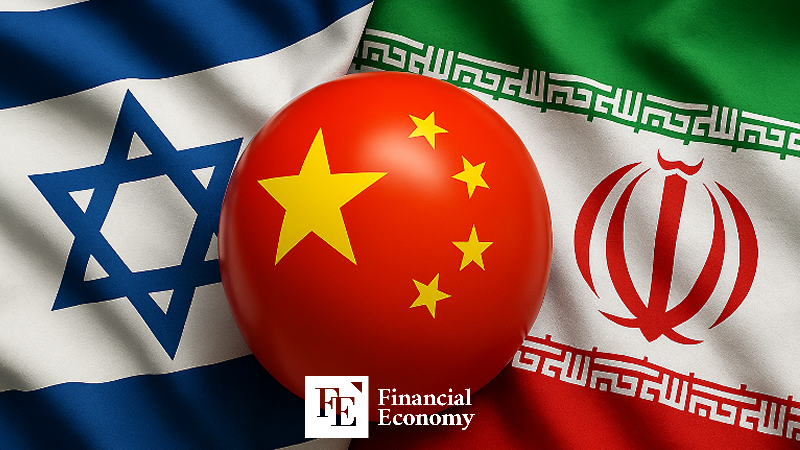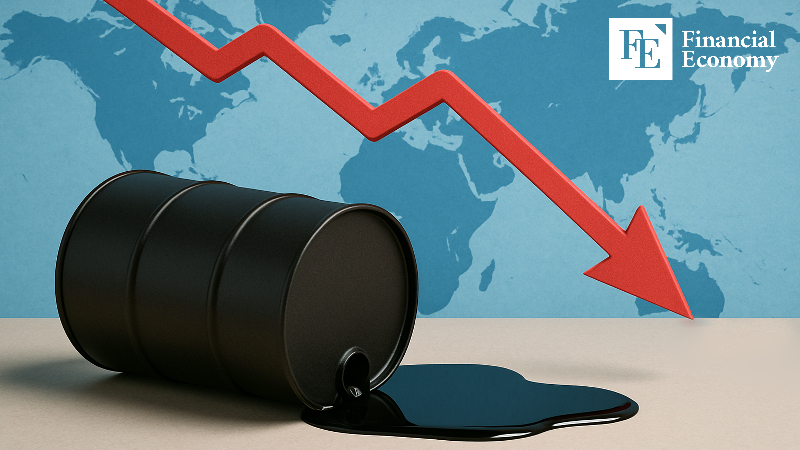“Will Oil Supplies Be Cut Off?” Israel–Iran Conflict’s Biggest Victim Could Be China
Input
Modified
China’s Refining Industry on Edge Amid Iran–Israel Clash Infrastructure Investment and Military Cooperation Efforts at Risk of Collapse “Global Oil Prices Stay Calm” — Western Countries’ Expected Damage Falls Short

There is growing speculation that the military clash between Israel and Iran could inflict significant damage on China. Analysts warn that if Israel targets Iran’s oil infrastructure in future attacks, Chinese refineries, a key destination for Iranian crude exports, would take a direct hit.
Private Chinese Refiners Face Serious Threats
On June 17 (local time), The Wall Street Journal (WSJ) reported that a potential Israeli strike on Iran’s critical energy export hubs could cut off China's access to cheap Iranian crude. According to energy research firm Kpler, more than 90% of Iran’s crude exports currently go to China, with the majority processed by small independent refiners in Shandong Province.
Operating separately from China’s state-owned oil companies, these private refiners have been major purchasers of Iranian crude—despite it being sanctioned by the U.S. and other Western powers—since 2022. They rely on the discounted oil to maintain profitability. Tom Reed, Vice President for China crude at Argus Media, explained that Iranian crude is roughly USD 2 per barrel cheaper than comparable blends from non-sanctioned producers like Oman.
The concern is that if Israel escalates its military campaign, this entire supply chain could be jeopardized. If Israel aims to destabilize Iran’s regime, Kharg Island—home to much of the country's key oil export infrastructure—would likely be among the first targets. Should that happen, most Iranian oil exports would come to a halt, leaving Chinese refiners exposed to serious supply shocks.
China Reels from the Fallout of War
The damage China faces from the escalating Israel-Iran conflict goes far beyond mere supply chain disruptions. China has signed a 25-year comprehensive cooperation agreement with Iran and has undertaken massive investments in the country’s energy and infrastructure sectors, playing a key role in supporting Iran’s economic development. In particular, Chinese capital has been heavily funneled into Iran’s oil and gas development projects. Should the ongoing military clash result in widespread destruction of Iran’s energy infrastructure, a significant portion of China’s investments in the country could be rendered worthless.
If Iran suffers serious setbacks in the war, the military cooperation between the two nations is also likely to weaken. Should Western countries impose sweeping sanctions on Chinese companies collaborating with Iran, it could effectively bring China’s military investments and arms trade with Iran to a halt. Furthermore, if China continues to offer active support to Iran, it may face intensified economic sanctions and military pressure from the West. This could ultimately unravel the anti-U.S. alliance between China and Iran, shrinking China’s overall diplomatic and strategic standing on the global stage.

Global Oil Prices Decline Despite Conflict
Contrary to initial fears, the impact on major economies—particularly the United States—appears smaller than expected as global oil prices have remained stable despite the escalation of hostilities between Israel and Iran. On June 16, West Texas Intermediate (WTI) crude fell 1.66% to close at USD 71.77 per barrel, while Brent crude dropped 1.35% to USD 73.23. This comes after oil prices initially spiked by over 10% on June 13, when the conflict intensified, only to later give up half of those gains. When markets reopened after the weekend, prices closed even lower than before Israel’s strikes on Iran’s oil and gas infrastructure.
A key reason behind the suppressed rise in oil prices is the ongoing Western sanctions on Iran. These sanctions have significantly restricted Iran’s oil exports and diminished its influence in the global market. Whereas Iran once exported over 6 million barrels per day in the 1970s, that figure fell to 2.5 million barrels in the 2000s, and plummeted to just 400,000 barrels during the COVID-19 pandemic in 2020. Although exports recovered somewhat—primarily to allies like China—after the Russia-Ukraine war, they remain limited at around 1.5 million barrels per day.
Additionally, oil-producing nations under the OPEC+ alliance have ample spare production capacity. Since the second half of 2022, OPEC+ has maintained production cuts, but began increasing output in April 2025 to reclaim market share. According to Lee Dal-seok, a former executive at the Korea Energy Economics Institute, “In times of geopolitical crises, spare production capacity becomes the key driver of oil prices. With Middle Eastern producers holding 4 to 5 million barrels per day of additional capacity, and U.S. shale oil supplies still strong, prices have remained stable.”
Market sentiment also reflects the belief that the Strait of Hormuz will remain open. One market insider noted, “A full blockade of the Strait of Hormuz would be a highly risky move for Iran. It would alienate key allies like China and give the U.S. a pretext for military intervention.” Situated between Iran, Oman, and the United Arab Emirates (UAE), the Strait of Hormuz connects the Persian Gulf with the Gulf of Oman and is one of the world’s most critical chokepoints, handling around 20% of global oil and LNG seaborne trade.





















